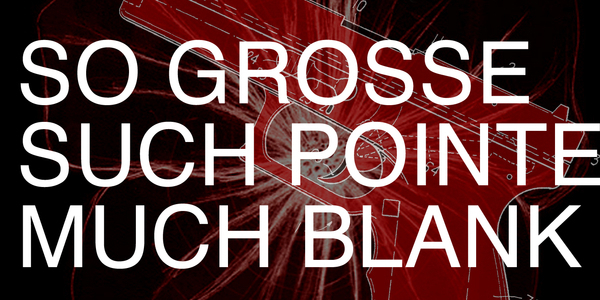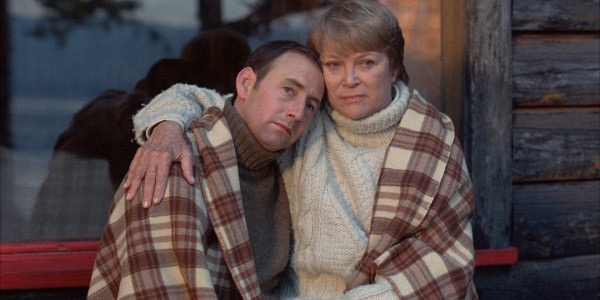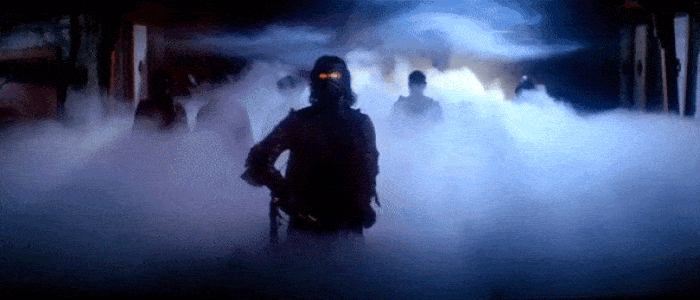The Beginner’s Guide to the Subgenres of Film Noir
Coinciding with our new column The Noirvember Files and timed for the month of Noirvember, this list digs even deeper into the film noir genre to explain five film noir subgenres and highlight examples of each.
Before we can venture into the wider subgenre sandbox, we need to define what “film noir” is, exactly.
The term was coined by French film critics in the late 1940s to describe a trend in the American films they missed during Nazi occupation. French critics noted an encroaching darkness and hardened pessimism most prominent in routine Hollywood crime thrillers.
Indeed, in the wake of World War II, America (like much of the world) was disillusioned, and the resulting cynicism crept on-screen. Cruel, sleazy city streets replaced fantastical, flamboyant sets. Tough, morally ambiguous private eyes replaced heroic cowboys. And harsh, expressionistic shadows replaced the glossy haze of Technicolor.
Ultimately, you can’t define what makes a noir film by any singular checklist. Although bolder folks like director Paul Schrader have tried. Grumpy gumshoes and treacherous femmes fatale certainly abound but are by no means a requirement. If there is any certainty in how to spot a noir, it is that they are reliably dark. Both in tone and in their striking chiaroscuro.
In the end, noir films conjure varying degrees of a specific kind of mood. And it’s this gradient-like quality that renders film noir so mutable. So, in that spirit, what better way to understand noir than to chart the course of its sub-sects? Film noir has its bloody fingers in a lot of pies, and this is by no means a complete picture. So consider this a drive-by introduction to film noir’s long, murky, and often ambiguous shadow.
Neo-Noir
The easiest way to define neo-noir is it describes films that use elements of film noir with techniques, settings, themes, etc. that were absent from the classic noir period. It is, in other words, a matter of timing and fresh eyes. The start of neo-noir is 1959-ish, post Touch of Evil. One reason for the emergence of neo-noirs was the atrophy of the Hays Code and the studio system, which cracked the window open for a return to darker subject matter. Many of the films below fall within the auspices of the neo-noir.
Le Samouraï (John Pierre-Melville, 1967)

Jef Costello (Alain Delon), a solitary assassin with killer instincts, carries out a less-than-perfect hit and finds himself caught between a persistent policeman and his blood-thirsty employer. Le Samouraï is so cool you’d swear it was shot in black and white. There are neo-noirs dedicated to classic noirs and then there are neo-noirs dedicated to Le Samouraï. Few films have the power to make grey look this dynamic.
Notable noir vibes: Doom from the first frame, an icy antihero, and a Good Fedora.
The Long Goodbye (Robert Altman, 1973)
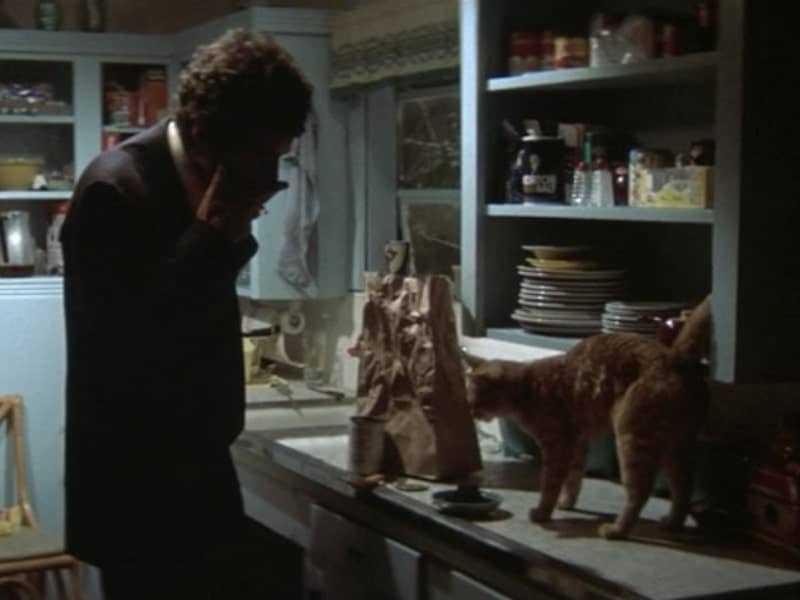
In the dead of the night, private investigator Phillip Marlowe (Elliott Gould) is visited by rich playboy Terry Lennox, who asks for a lift to the Mexican border. Marlowe obliges. Upon returning home, he meets two police officers, who accuse Lennox of murdering his wife. After Lennox commits suicide, guilt is presumed and the case is closed. But Marlowe can’t shake the feeling that the whole thing stinks.
At the time of its release, The Long Goodbye was seen as an unsuccessful adaptation of one of Raymond Chandler’s most beloved hard-boiled novels. Bogart had epitomized Marlowe in the cultural conscience, and Altman’s spontaneity, whimsey, and peculiarity were apprehended as disrespect. Time, however, has been kind. Altman pushes against film noir at every turn and that’s precisely why it all works.
Notable noir vibes: Quips, Olympic-level cigarette dangling, and laconic loner with a code of honor.
Blood Simple (Joel & Ethan Coen, 1984)
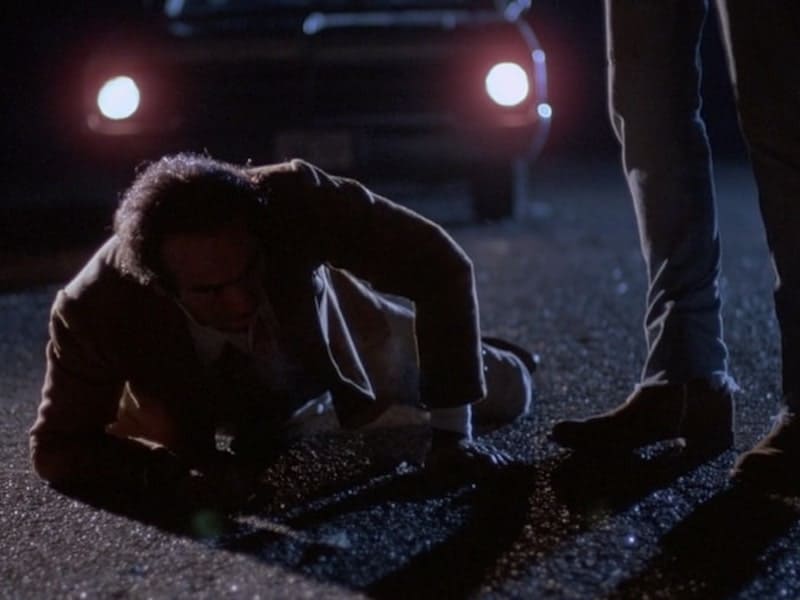
A bar-owner (Dan Hedaya) discovers that one of his employees (John Getz) is having an affair with his wife (Frances McDormand). He does the rational thing and hires a hitman (M. Emmet Walsh) to kill them both. Things do not go as planned. Blood Simple marked the first of many neo-noirs for the Coen brothers. But for my money, none of what followed are quite as crystalline in their chaos.
Its success, I suspect, is partially rooted out of an economic need for an exploitative, low-budget sensibility: a noir gait for practical reasons, as it were. As a consequence, Blood Simple does what a good neo-noir should: breathing new life into a genre dead and buried in the field … prematurely.
Notable noir vibes: An oppressive setting, hired guns, and plenty of shadow play.
Further viewing:
- The Naked Kiss (Samuel Fuller, 1964)
- Klute (Alan J. Pakula, 1971)
- Chinatown (Roman Polanski, 1974)
- Night Moves (Arthur Penn, 1975)
- The Killing of a Chinese Bookie (John Cassavetes, 1976)
- Nighthawks (Bruce Malmuth, 1981)
- Body Heat (Lawrence Kasdan, 1981)
- Body Double (Brian de Palma, 1984)
- Blue Velvet (David Lynch, 1986)
- Stormy Monday (Mike Figgis, 1988)
- Deep Cover (Bill Duke, 1992)
- Insomnia (Erik Skjoldbjaerg, 1997)
- Brick (Rian Johnson, 2005)
- Drive (Nicolas Winding Refn, 2011)
- Blue Ruin (Jeremy Saulnier, 2013)
- Nightcrawler (Dan Gilroy, 2014)
- Long Day’s Journey into Night (Bi Gan, 2018)
- Under the Silver Lake (David Robert Mitchell, 2018)

